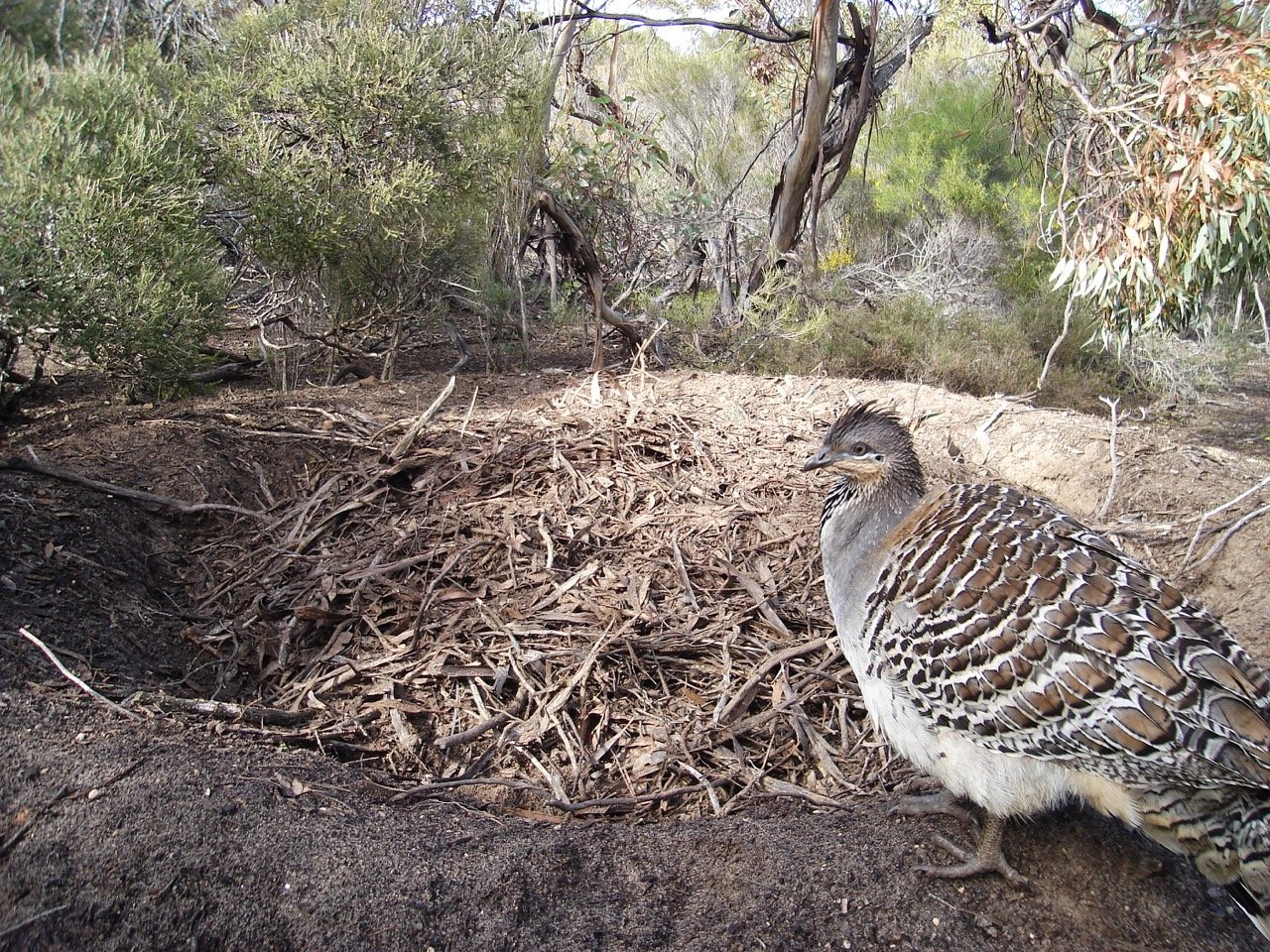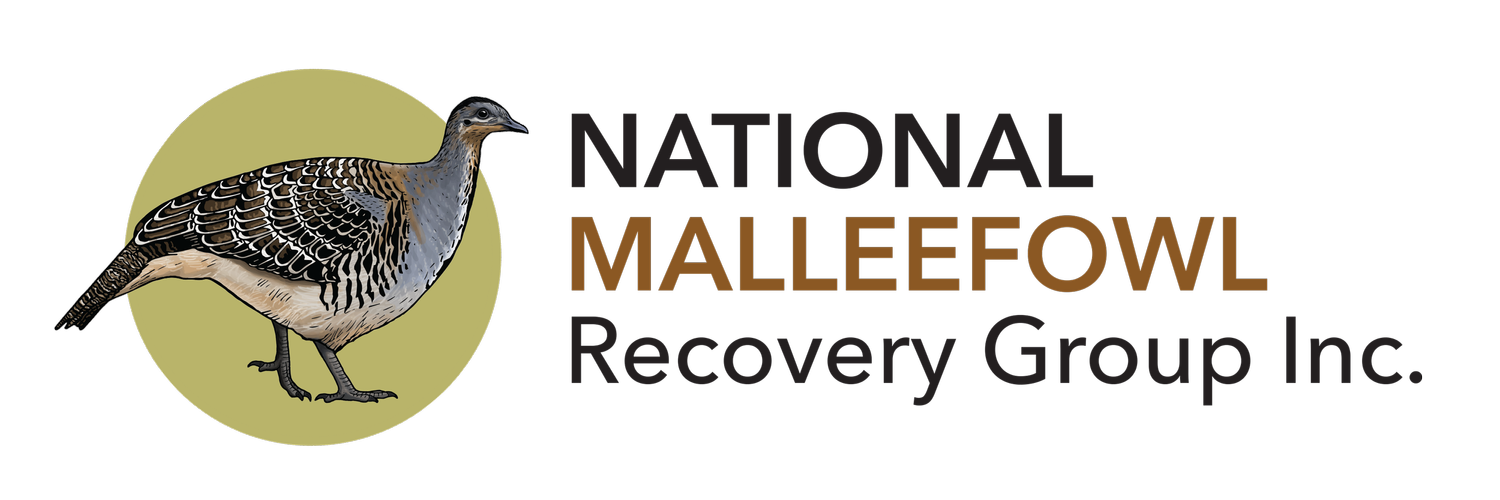
2014 National Malleefowl FORUM
The 5th National Malleefowl Forum was held between September 12 & 15, 2014
Dubbo, New South Wales
Below are documents links from the forum proceedings
5th Malleefowl Forum Full Proceedings Sept 2014 16mb
National Malleefowl Forum 2014 – Program
Presentations – Oral
2. J Benshemesh Introduction to the National Forum
4. T Burnard Update from the National Malleefowl Recovery Program Coordinator
5. S Cail Report from the North Central Malleefowl Preservation Group (NCMPG) Western Australia
6. J DeJose Establishing new directions for the Malleefowl Preservation Group, Western Australia
7. M Bannerman Malleefowl conservation activities in NSW 2012-2014
8. S Gillam Malleefowl conservation in SA – Activities from 2012-2014
9. P Stokie Malleefowl conservation action in Victoria 2011-2014
10. M Irvin Saving Our Species – Malleefowl Iconic Species Project
11. B Parsons WA Malleefowl Network: a progress update
15. P Andrew A discussion on a proposed release of Malleefowl at Taronga Western Plains Zoo
17. W Boles A brief history of Megapodes (Megapodiidae)
21. V Saffer The use of LiDAR to determine the presence of Malleefowl mounds
24. J Read Comparison of three survey techniques for locating Malleefowl mounds
26. J DeJose Do we need better questions?
27. C Hauser Applying Adaptive Management Principles to Malleefowl conservation
29. R van Hespen Camera trapping analysis of mallee wildlife
30. M Bode Predicting Malleefowl dynamics using decision theory and qualitative ecosystem modelling
Presentations – Poster
1. C Hedger Mallee fires in the SA Murray-Darling Basin – losses, learnings and linings
3. J Thomas Emergency Summit for Threatened Mallee Birds
4. J DeJose Thinking outside the jerry can
5. V Wilson & M Norman Malleefowl at Monarto Zoo
6. A Smith Malleefowl mound building: Effects on fire behaviour and habitat
